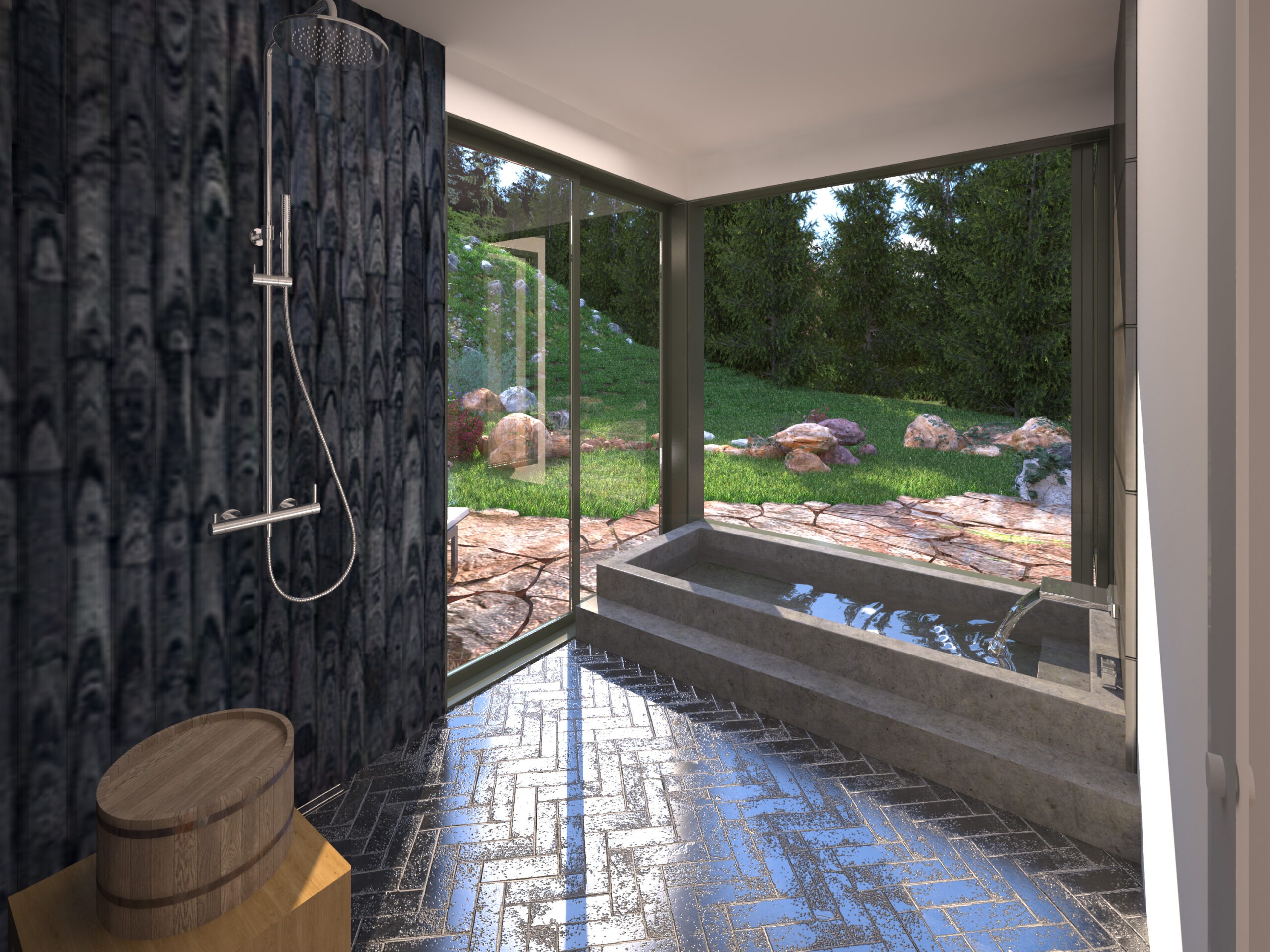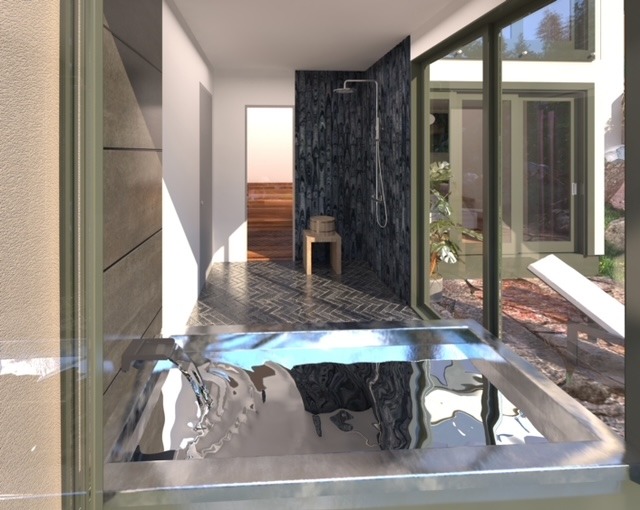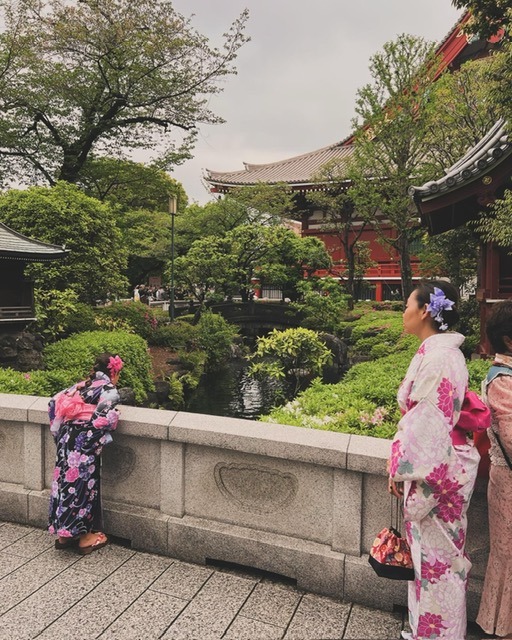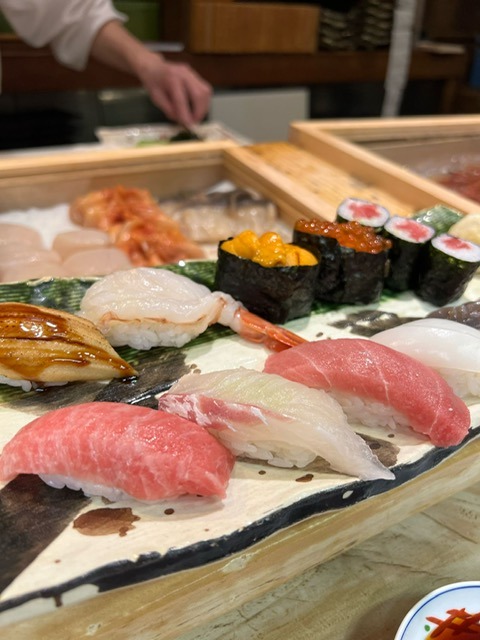
Embracing Eastern Cultures in Design
Various cultures hold rich, artistic traditions and offer fascinating ideas and materials for home design.
At Kasia Karska Design, we embrace all kinds of cultures — both Eastern and Western. In fact, with additional studies in the traditions of Vaastu Shastra and Feng Shui, we bring a multifaceted approach to creating a home sanctuary.

Designing a harmonious home through Vaastu Shastra and Feng Shui
The Indian philosophy of Vaastu Shastra takes into account the earth’s place in the solar system and planetary influences on the earth. Different planetary imprints within the home quadrants affect different areas of one’s life. I consciously position the houses I build, being mindful of the sun’s relationship with the home. For example, I might directionally position the bedroom so homeowners wake up with the sun.
Concepts of Feng Shui revolve around humans’ connection with nature, including the five elements of earth, water, metal, wind, water and fire. We balance each element within a home, while also paying close attention to the other three principles of Feng Shui: chi, or ensuring energy flows properly within home design; the commanding position, or where you spend the most time in your home; and bagua — the eight areas of the Feng Shui energy map, which we superimpose on a home’s floorplan to support essential aspects of life, like family, wealth, career, partnership, knowledge and more.

Tying in Japanese tradition
We are currently creating a traditional Japanese spa in the Vail Valley for clients who lived in Japan. Recreating the experience of visiting an onsen, or hot spring, begins with the ritual of showering before soaking in water, so we are installing an all-wet area, with a large open shower, which includes a teak stool to sit on when exfoliating before soaking. Originally, I was going to include a cast concrete tub, but then I found a great steel tub from Diamond Spas.

Yakisugi, or Japanese charred cedar, is also a traditional material we have incorporated in homes. Slightly charring the surface of the wood increases durability. It’s a process that the Japanese, particularly in Western Japan, have used for hundreds of years for the exterior of homes and temples.

In one of our Crested Butte projects, we used the black, charred-wood siding as exterior cladding. It’s perfect for mountain homes, because the carbon layer produced by charring the wood acts like a sealant, making it resistant to weather, sun-fading, pests, water and rot, while also acting as a fire-retardant. Various finishes and colors are available, including brushed or hard-brushed amber, yellowish brown or black.

Other Asian influences
Overall, Eastern design roots itself in tradition, spirituality and philosophy. Nature tends to take center stage, so incorporating large, expansive windows and natural materials throughout the architectural and interior design is essential.
Eastern design usually takes a minimalistic, modern and clean approach, but that doesn’t mean some of the décor isn’t ornate. In fact, Tibetan and Indian rugs often feature meticulous designs. Tibetan rugs are handmade from sheep who have been bred for thousands of years for their hardy, long wool, which results in tightly-woven rugs.

Tibetan, Indian and other neighboring region sculptures and paintings are often religious in nature. They add a sacred feeling to homes. Thangkas, painted on cotton or silk, usually depict a Buddhist deity or mandala — a geometric configuration of spiritual symbols — which aid in meditation. Indian art often depicts stories of Hindu deities, like Vishnu dreaming up the creation of the world while sleeping on a cosmic serpent.
Since it’s made up of about 17,000 islands with at least 300 distinct ethnic groups, Indonesian art also provides a diverse palette of inspiration, from Bali’s wooden carvings and batik (a form of wax-resistant dying) from Java to the region’s rattan wicker furniture industry. The Balinese culture is known for its artistic daily offerings, so incorporating art from Bali can contribute to a sense of creativity and mindfulness.
We love delving into Eastern traditions and design principles, so feel free to contact us to custom design your Eastern-inspired sanctuary.